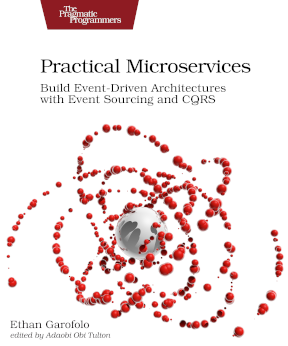A bunch of you responded!
Friend of the list Rod Aparicio, who writes to indie consultants and creators about finding, claiming, and owning the gaps in their market, responded:
Depends where. (:
I asked him to elaborate, and he said:
It’s the location AND the car features.
Land Rover: High suspension, 4x4, double traction, tall and wide, heavy. It’s great if you’re up to go for an off-road excursion. No need for roads, really. It’ll go through bumps and holes decently enough.
F1. Low suspension, rear traction, low and thin. It’s great if you’re in a competition with the right conditions. It’s so aerodynamic that it goes FAST, but if there’s a hole on the road, it might totally crash and be useless.
So it depends on the playing field AND the goal.
I love the dual focus on terrain and your current goals.
Another friend of the list Dr. Genevieve Hayes, who consults and writes in the fields of AI and data science, wrote in:
So the answer’s going to be something like - if you’re driving on terrain that requires a 4WD, then a Land Rover will be faster. I can see where you’re going with this. This is very good.
Yeah! Context, context, context.
Yet another fiend of the list, James Turner, who is also a marketing strategist and conversion copywriter, wrote:
It depends :)
James, you (and Rod) could be software architects with that answer, ha! He later added that it depends:
[m]ostly the road. (Also the driver, the law, whether there’s fuel in it, the wheels, the weather, but mostly the road.)
Striking that surrounding environment chord again.
My best friend and wife, Julie Garofolo, also responded:
It depends on the terrain. A Formula One car will be much faster on a smooth, specially-constructed track, but a Land Rover will be faster on any other surface.
Took the words right out of my mouth.
The common theme that emerged, what kind of terrain are you on?
In the early days of your business, it’s probably bumpy terrain. You’re a small group, still figuring out what you’re about and looking for product-market fit. You don’t yet know what your org needs to be. You depend on heroes to get things done. That can work when you’re at this stage.
At some point though, you want to scale. You’ve acquired some marketshare, and you want to protect it against your competitors. You need to start going faster than what a Land Rover on bumpy terrain can do.
You need to pave the road by building systems that don’t depend on heroics, making it possible to start running F1 racers. If you don’t, your competitors, who benefit from the market trailblazing you did, will lay that track and drive those cars instead.
Incidentally, this kind of transformation is exactly what I help companies. It can’t be installed by internal people or external people, the claims of SAFe and Scrum not withstanding. But it can be developed.
It’s a process of working with your people and setting aside your pre-conceived notions. It’s bringing clarity in your vision. It’s managing the work.
